Europe's largest and world's second longest cave salt, Cave 6S at Manzalesti, Buzau County, a small town located on one of Romania's largest salt deposits, has never been open to the public for safety reasons, but the local administration has been looking for solutions to capitalise on it.
In the Slanic Valley in Buzau County, between the small towns of Manzalesti and Lopatari, tourists can enjoy spectacular landscapes that seem carved in salt over millions of years, agerpres reports.
The Grunj at Manzalesti, located at the confluence of the Jgheab stream and the Slanic river, is shaped as a white pyramid formed by volcanic tuff and white marl.
"The Meledic Plateau is a natural, speleological and zoological reserve that covers 67.5 hectares. It is the site of one of the largest salt deposits in Romania. By dissolving the salt, spectacular relief forms of various sizes and physiognomies result. A representative example is the set of caves dug into salt by groundwater. (...) The attractions of the Meledic Plateau include the 6S cave, which was discovered in 1980, being the second longest salt cave in the world (3,190 metres), the Great Lake and Lake Castelu," according to the Buzau County Council.
According to the local administration, following the abundant rainfall at the end of this May, no destruction was noticed in the area of the salt caves, which cannot be visited by tourists for safety reasons.
Despite its records, the S6 Cave has never been open to the general public, but the Manzalesti City Hall is calling for solutions together with specialists for its enhancement.
"We have no problems, nothing happened to us, it rained quietly, we did not have floods that caused problems. You can't visit the cave, it's collapsed, it's never been visited by the public. There were some cavers in '86 that entered it, the rest was not visited. It is very long, about 3 kilometres. It is the first in Europe and the second in the world by length. We thought about showcasing it, but we need specialists to come up with solutions to prevent unpleasant events from happening. You can't visit it, but tourists go outside, they look at it. There are also areas with salt that can be visited," Manzalesti Mayor Viorel Moldoveau tells AGERPRES.
However, specialists are of the opinion that the set of salt caves at Manzalesti that includes the S6 Cave cannot be capitalised on because of its natural characteristics. Access is forbidden due to the fact that the walls and ceilings are in a continuous dynamic.
"The Praid and Slanic Prahova mines are salt mines dug by people; at Manzalesti, there are natural caves, 46 of them, but it is difficult to know how many there are because they appear and disappear. The caves cannot be visited in any way, they are very dangerous because salt is a plastic rock, you enter the cave, it can close behind you, not to mention that you can step on what seems solid rock at first sight that ends up behaving like quicksand. The caves were explored only by professional cavers, it is very dangerous for tourists, sometimes an entrance appears, then it disappears completely, either because the ceiling collapses and covers it, or it gets dissolved by water. They are important because they had some records, the longest and deepest salt cave in the world at one time, now it has become the second or third because it has collapsed. They are important because fossils from the ice age have been found in them, very well preserved. They are always collapsing, others are being rebuilt, it is a dynamic process. What we did, some 360-degree movies inside, we didn't go in very much, so that people could see them through VR, but otherwise you can't do them, they are very dangerous. The salt there is not like in Praid, it is very fragmented, it breaks easily. But we have the largest surface deposits of salt," according to volcanologist Razvan Popa, manager of the Buzau Land UNESCO Geopark.
The Meledic Plateau and the Grunj of Manzalesti, are part of the Buzau Land Geopark, which was recognised as a UNESCO site in April 2022 as an area that includes elements of special geological interest, along with elements of ecological, archaeological, historical and cultural interest of world importance.

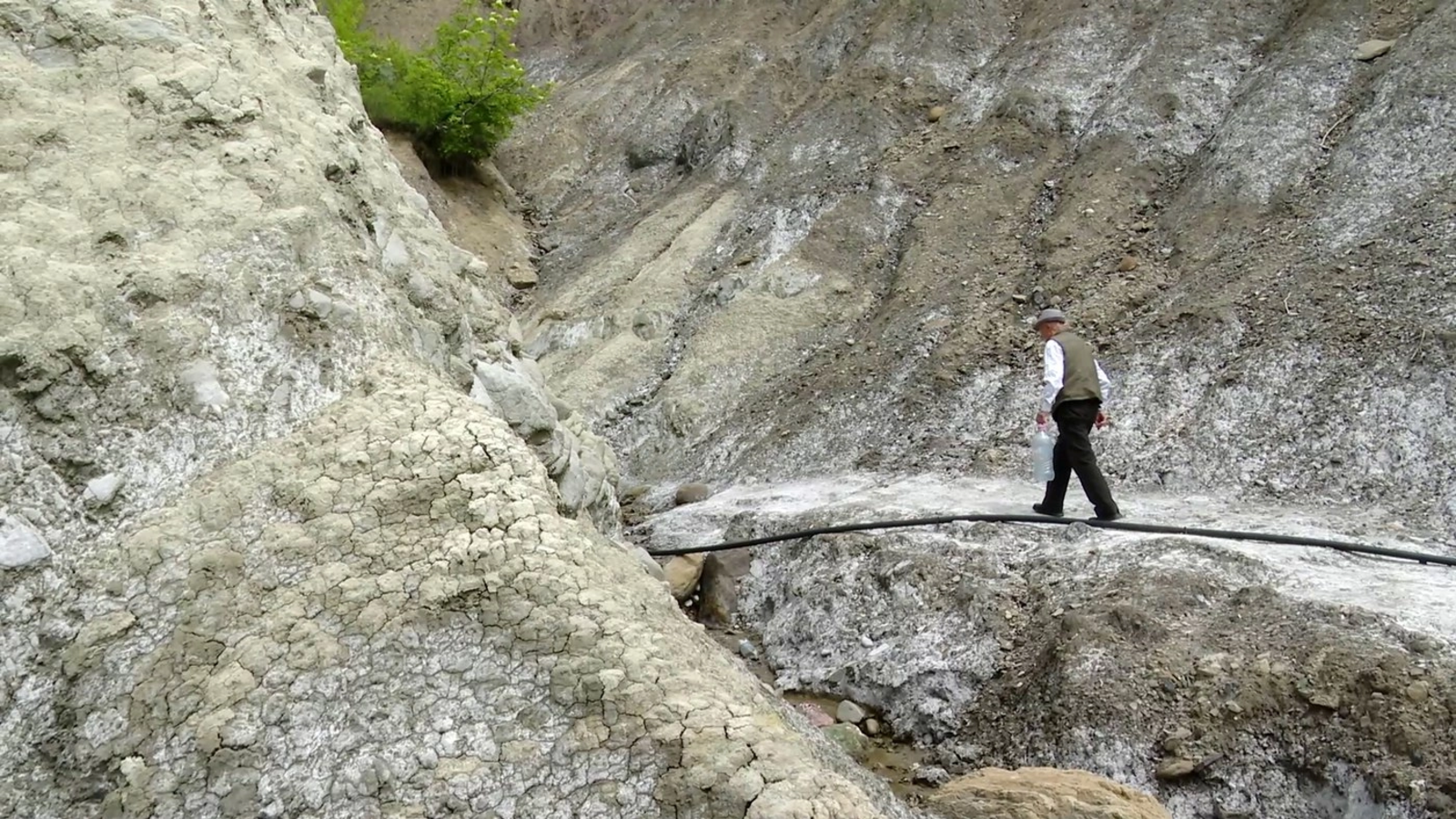


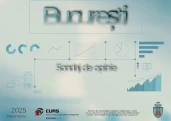








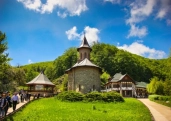
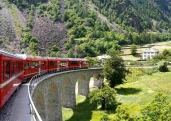







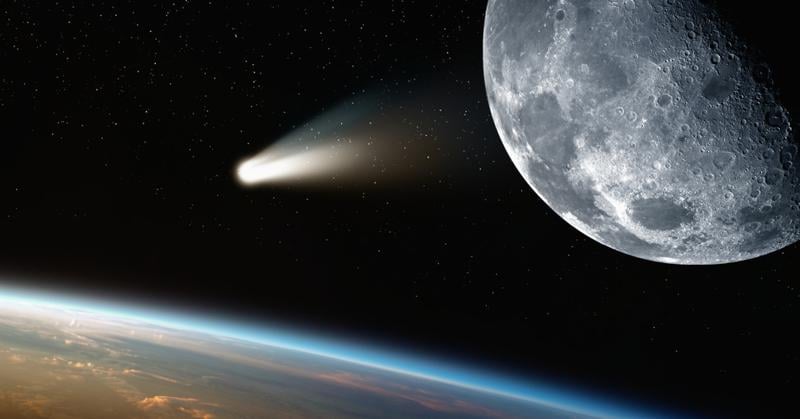










Comentează